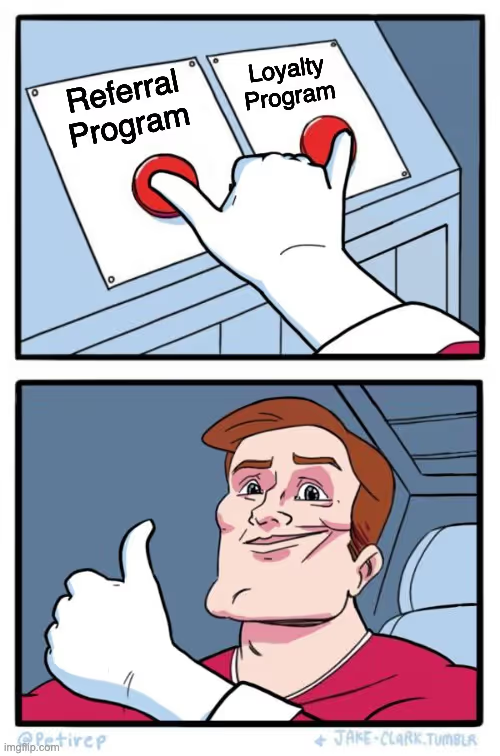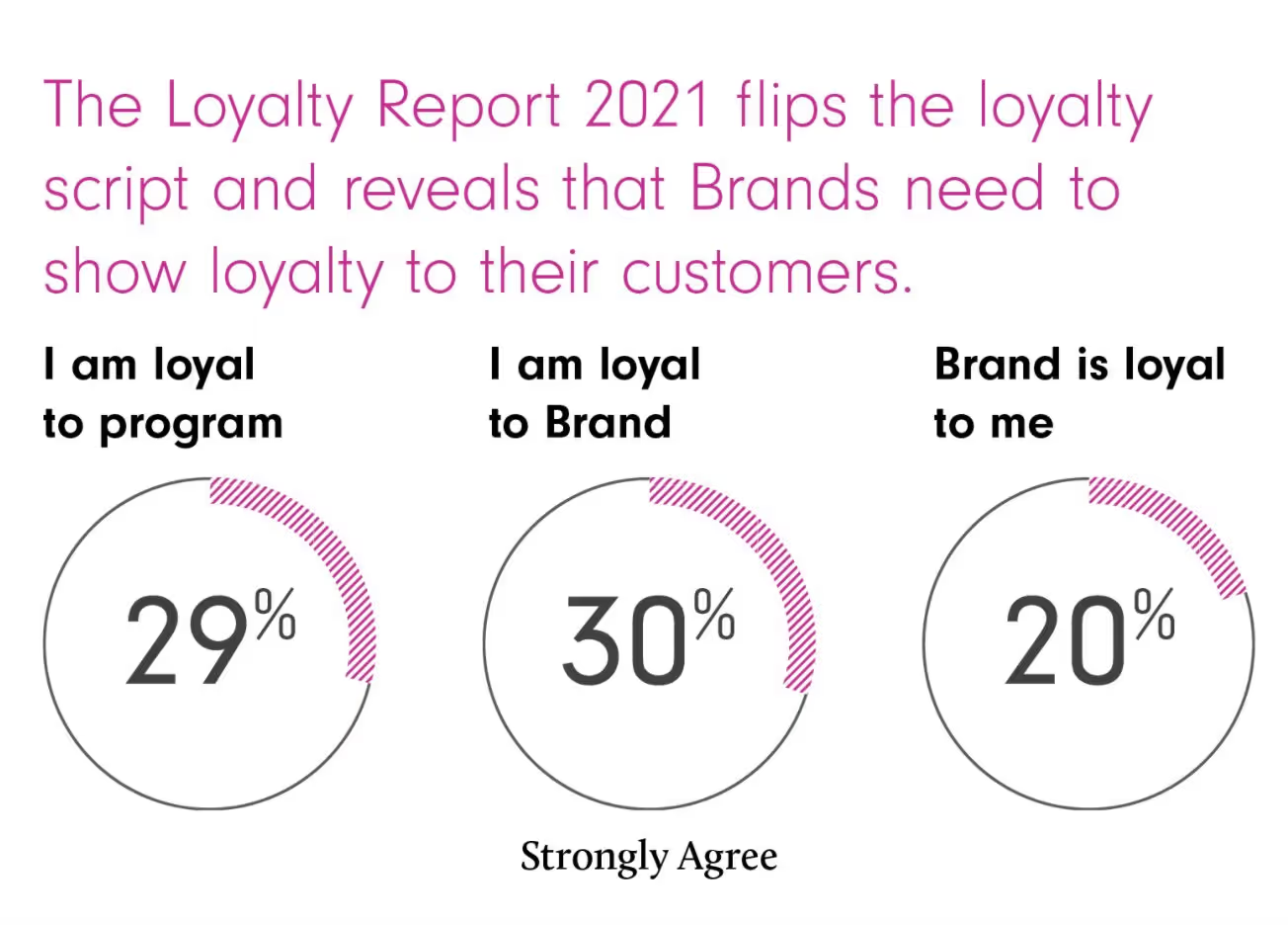How to Get More Customer Referrals(Part 2)
Referral marketing is consistently quoted as the most effective form of marketing: 92% of consumers worldwide trust recommendations from friends and family more than any other form of advertising.
SaaSquatch customers alone have seen 45% lower customer acquisition costs, 2x higher conversion rates, and 18% higher average selling prices since launching a referral program!
But with endless alternatives for customers to choose from, making your brand the one that they recommend means paying attention to your company culture, feedback loops, and more than just whether or not you have a referral program.
This is why all great referral programs start with an intentional strategy for how to increase the number of conversations around their brand.
So how can you make sure that you’re set up to get the most referrals possible?
Keep reading for 6 (more) ways to level up your referral strategy and reap the full benefits of your brand advocates. You’ll notice that most of these are not just how to get an off-hand referral here and there, but how to develop loyal brand advocates that keep your brand top of mind when friends or colleagues ask for recommendations.
P.S. Check out Part 1 of this series for even more ways to get more referrals.
How to get more referrals (Part 2)
1 - Treat your referral program as a continuous initiative
Pressing the “Launch” button on your referral program is only the start! Getting your program live and in front of customers is just the beginning of your journey to getting more referrals.
We’ve talked a lot before about how a common pitfall with referral programs is that no one knows they exist, and therefore they don’t get used. Either they sit in a website’s footer just waiting to be seen, or are buried in a long menu of options.
When we had Jon Ashley on The Advocacy Channel podcast to chat about realistic program expectations, he shared that even three years can be the timeframe it takes to have your program making a real impact, especially for a B2B program.
“It’s probably a three-year journey to get to any semblance of a program that’s really starting to generate serious results. I would never say to anyone “Yeah, after three months your program’s going to be on fire”. That would be very wrong of me to set that expectation and I wouldn’t want anyone else to fall into that kind of pitfall. It’s going to take a year to get that program running, it’s going to take a second year to mature, and it’s going to take probably a third year for you to safely say it is making a difference.”
This is not meant to discourage you from launching an initiative that may not drive immediate growth on the day that it’s launched, but rather to recognize that a customer referral program needs to be tended to and continuously managed in order to fully deliver.
So what should you be doing to keep driving results?
- Continuously promote and share your referral program
- Ask for program feedback and make adjustments
- Keep your participants engaged
- Test new rewards and actions
Check out our article on promotion strategies to get started!
2 - Collect and use customer feedback
Customer referrals are heavily built on trust and whether or not your users are confident you’ll stand by what you promise. Putting yourself in the customer’s shoes, it’s unlikely that you’d recommend a product or service to a friend if you don’t believe in it yourself.
One of the best ways to build trust with your customers is by listening to their feedback and actually using it to improve your product or service. Collecting and using feedback about your referral program specifically is one thing (ie. what rewards they prefer), but this must first translate into using customer feedback in your overall product.
This could be sending out quarterly feedback surveys, having a dedicated space where customers can submit ideas, or simply listening to ideas while on a client call. The key here is to be honest and transparent about what you will actually do with this feedback, and let customers know when you’ve made a change based on their good idea.
When customers feel like they are valued contributors to the success of your brand, why would they even think about switching to a competitor? It gives them even more of a reason to invite their friends and colleagues to join your community.
Check out Episode 7 of The Advocacy Channel for more on collecting and using customer feedback.
3 - Don’t be afraid to ask!
While launching an automated referral program undoubtedly saves you a lot of time and effort when it comes to getting more referrals, success can still be found in your 1-on-1 interactions with customers.
When we had Rebecca Kapler, Marketing Manager at Jobber, on The Advocacy Channel, she emphasized that 1-on-1 phone calls and interactions with customers are valuable opportunities for building relationships and promoting your referral programs. In her experience, referral and review asks that came directly from the success team seemed to be some of the most high-converting asks – manual but successful!
With an automated referral program in place, your success team can then easily send a customer their unique links and codes and let them easily track their referral progress.
Plus - even if the customer says no, you might uncover some valuable feedback that you needed to help improve their experience and turn them into a brand advocate.
Tip: Make sure you are promoting your program internally to other departments so that they are well-equipped to ask for referrals. Prepare a short training session or explainer document on how your program works so that your sales and success team can point customers in the right direction after a positive interaction.
4 - Launch a customer loyalty program
Whether or not you've already launched a customer referral program, adding a loyalty program to the mix can significantly boost your referral rates.
It's why SaaSquatch offers both referral and loyalty rewards programs within the same platform - they just go better together!
When you use a loyalty program to reward your customers for being more engaged with your product or service, you improve their experience and make them feel included in your brand community, making them more likely to realize your value proposition and recommend your brand to others.
Plus, your engaged and experienced users have a deeper understanding of your product and in turn, are more likely to refer customers in your target market.

5 - Build a customer-centric culture
We learned from customer advocacy expert Jon Ashley that to get the most success from a customer advocacy program and get more referrals, you need the foundation of a customer-focused culture.
It’s easy for brands to assume that customers should show loyalty to them first, before giving anything in return. But data from The Loyalty Report 2021 by Bond Brand Loyalty indicates that only 20% of consumers feel that brands are loyal to them, meaning that brands can benefit from creating a customer-centric experience to drive loyalty in return.

What does it mean to build a customer-centric culture?
- Prioritizing the customer experience
- Looking for opportunities to create positive customer experiences
- Listening for, accepting, and using customer feedback
- Instilling the customer experience as a priority for current employees and new hires
By starting with and focusing on a customer-centric culture, you invite customers into a community that is focused on meeting their needs.
6 - Focus on the relationship, not the transaction
At the heart of building brand advocates is connecting with your customers. If your users feel like your only priority is getting them to spend more money for the benefit of your cash flow, they'll soon catch on and select a comparative brand that shows a true desire to meet their needs.
It’s easy to get caught up in just getting the contract signed, since many quotas, goals, and benchmarks are based around a dollar amount or pipeline value. And while getting repeat customers is still important, the customer journey starts well before the money is exchanged and long after the transaction is settled.
Especially as an online business, you have multiple opportunities to interact with the customer and deliver value through email, SMS, in-app notifications and more, even before they’ve expressed explicit interest in buying.
By putting in the effort to build relationships with your customers and prospects, you're much more likely to build brand advocates who feel valued in your community and will keep you top-of-mind when speaking with others. You never know what kind of opportunity just one referral can open up!
Now that you know how to get more referrals, it's time to put it into practice! Check out the links below for some of our favorite referral programs and what you can learn from each of them.